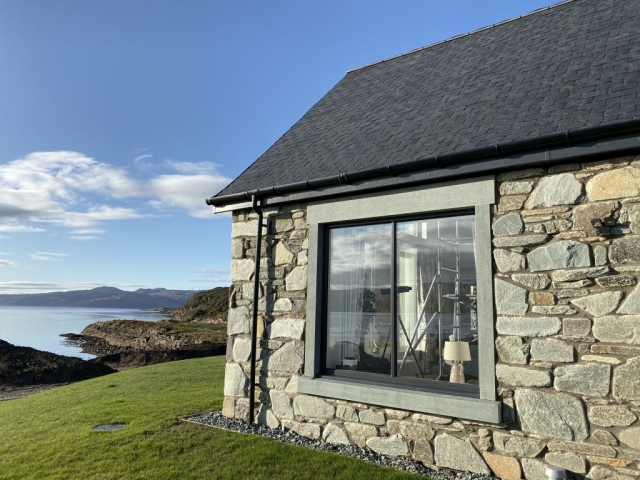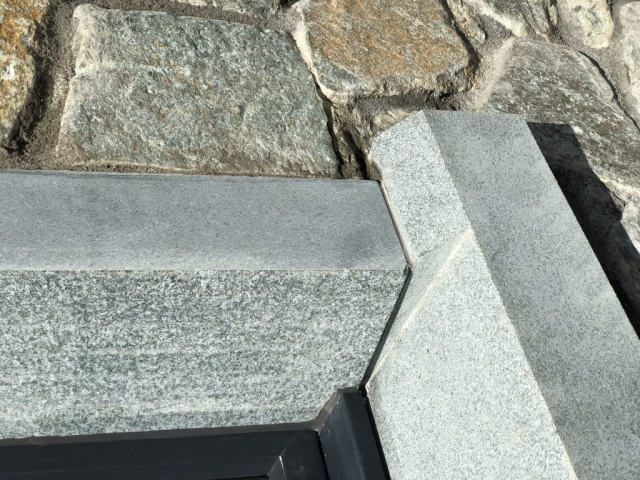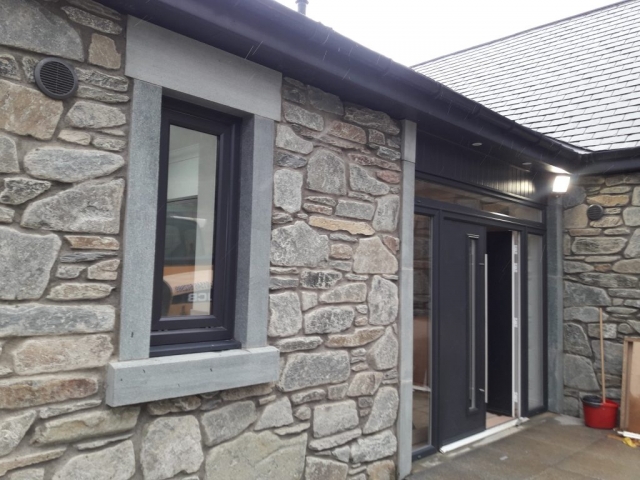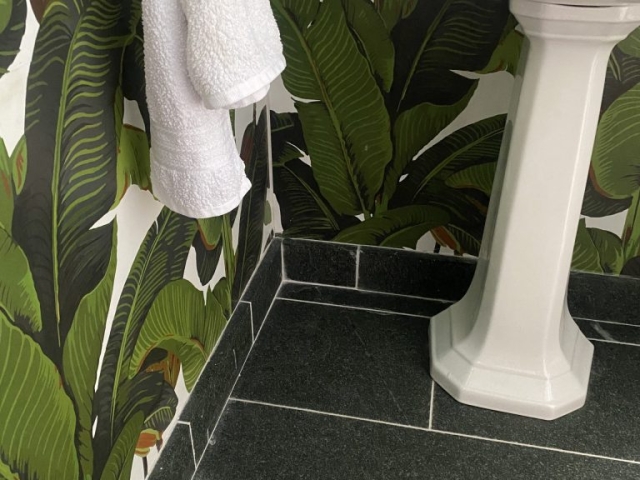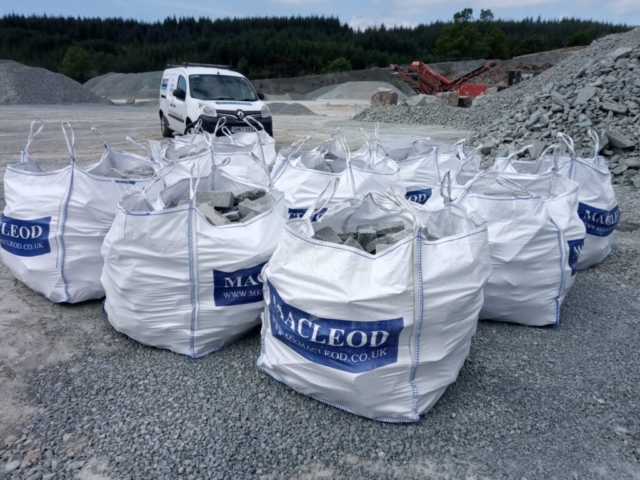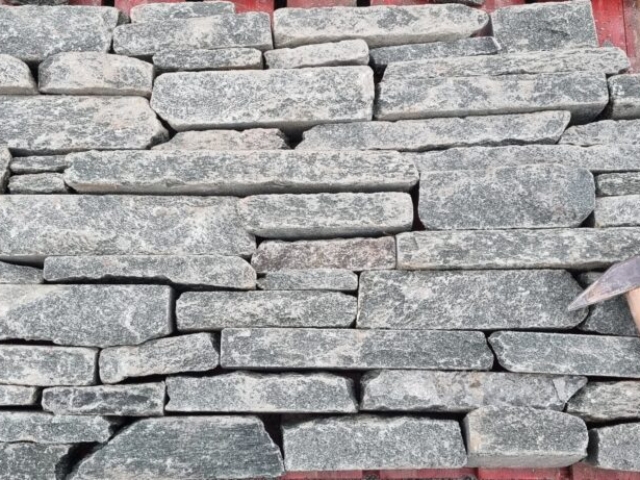The Unique Achnaba Stone®
Achnaba Stone® has a very unique and distinctive grey/green colour that is quickly becoming the stone of choice for designers and builders alike. Achnaba Stone® can be found in various notable locations, for example, at the Natural History Museum in London, at Wimbledon All England Lawn Tennis & Croquet Club and at the iconic Inveraray Castle.
Achnaba Quarry began operating in the early 1990s. At that time we were extracting stone from the quarry for use as aggregate and building stone, to be used for filling material and for driveways and drainage. Now, many years on, Achnaba Stone® can be used for various purposes such as, fireplaces, tiling, paving, cills, copes, lintels and steps. Due to it’s dimensional properties Achnaba Stone® can be both polished and carved to perfection.
History of Achnaba Stone
Achnaba Stone is immensely old, with an origin some 600 million years ago making it one of Scotland’s oldest exposed rocks. Volcanic in origin, this rock started as a basalt or dolerite, the same type of rock commonly associated with the Isles of Mull and Staffa, and most famously in Northern Ireland at the Giants Causeway.
Where This stone differs from ‘common’ basalt is as a result of subsequent metamorphism; It has been subjected to high pressures and temperatures during a geological process known as the Caledonian Orogeny around 400 million years ago, when the great mountain ranges of northern Europe were being formed, and this material had been deeply buried.
This prolonged heating and exposure to pressure changed the mineralogy of the rock, altering the original pyroxene, feldspar and biotite to hornblende, muscovite, epidote, serpentine and talc (along with a number of lesser minerals). This change in mineralogy has bestowed the rock with a unique mottled green/grey appearance, and helped give it the properties that make it so versatile as an aggregate, building and decorative stone.
As far as can be determined, this rock is unique to Achnaba, found only in a single outcrop perhaps ¾ of a mile long. The ridge comprising this rock is a testament to its toughness, having resisted the ice sheets and glaciers that have periodically covered it, eroding away the softer surrounding rocks to finally expose the outcrop.
Gallery



